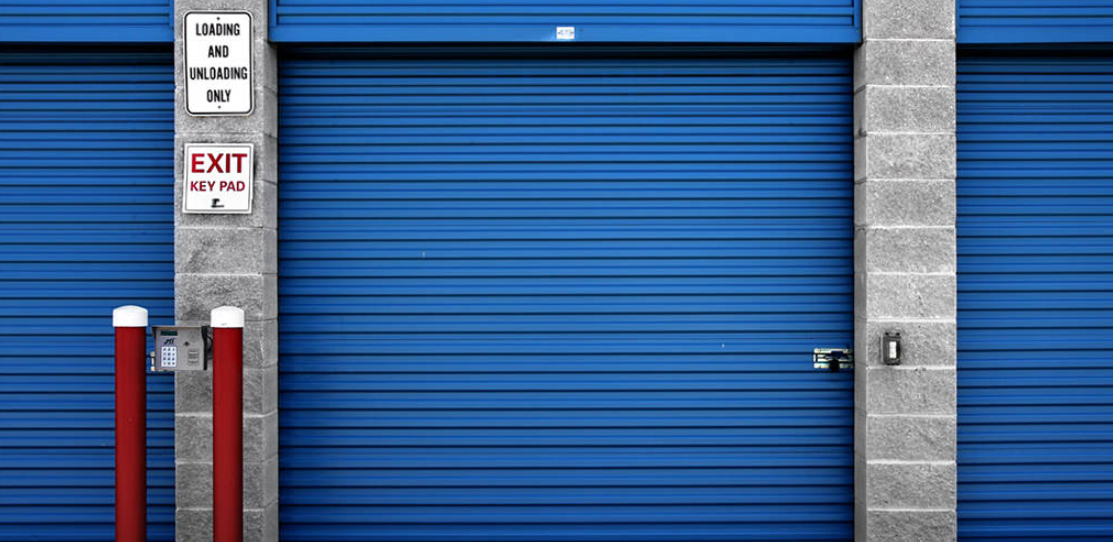Roll-up doors are a type of door that rolls up into a pocket when not in use. They are generally used to access garages, warehouses and other places where vehicles need to be parked. They are also used as an alternative to sliding doors when it comes to accessing business spaces.
Roll-up doors come in various materials, including aluminium and steel, which determine their weight capacity. They also vary in size and can be customized according to specific needs for self storage door parts.
Roll-up doors are made up of several different components that make up its overall function. These include:
· Rolling Sheet Door Chain Hoist: It's a device for lifting and moving the rolling sheet door. It consists of several chains, hook and other parts. When you pull the chain, the hook will move up or down, so that the rolling sheet door will be lifted or lowered.
· Roll Up Door Brush Seal: It's to prevent rain from entering from outside through the gap between the rolling sheet door and its guide rail.
· Nail Gun Stapler for Roll Up Doors: This is used for fastening the nylon drum wheel to the bottom of rolling sheet door to make it firmer and more stable when it's opened and closed.
· Nylon Drum Wheel: This is used for supporting rolling sheet door when it's opened or closed. The drum wheel can be adjusted according to different height of rolling sheet door so that it will move smoothly without any noise while being opened or closed.
· Stretchable Anti-Noise for Roll Up Doors: It's designed to prevent noise caused by wind when the rolling sheet door is opened or closed by using stretchable materials instead of rubber buffers which are usually used in this kind of products.
How to Adjust the Tension on Roll Up Doors
The tension in roll up doors refers to the amount of force required to raise or lower the door. Roll up doors have a spring that pushes them back into place after they are opened or closed. The tension is adjusted by turning a knob on the bottom of the spring assembly until it reaches its maximum height without stretching too much. In some cases, adjusting the tension may require replacing broken springs or call a professional to do so.
Here's how to do it on your own:
· Adjusting the tension on a roll up door can be done by hand or with the use of a tension wrench. The first step is to loosen the screws that hold the track in place. These are located at each end of the track, along with two other screws that secure it to the door frame.
· Once all four screws have been removed, slide the track off of the door and place it on a flat surface. If you're using a wrench, it's important to make sure that you don't over-tighten any of these screws because they can break off if you do.
· The next step is to tighten or loosen each screw by hand until all four corners have equal tension again. Once everything is aligned properly, simply reattach all four pieces and tighten them down until they're snug against one another again.
Conclusion
One potential downside to roll up doors is the door's tendency to cling too tightly. Depending on how you roll the door, this can be an annoyance for some people: the door may be tricky to roll, or it might make a loud hunk as it rolls into place. Depending on the setup at your business, this can pose a real problem. Thankfully, there's a quick and easy solution that shouldn't take more than 15 minutes to complete. If you follow these steps, you should be able to adjust the tension on your roll up doors in no time at all.
You can adjust the tension on roll up doors depending on your needs. If you have a large door opening, for example, it makes sense to tighten it so that even a little breeze won't blow the door back. To decrease tension, simply loosen two of the bolts on each side of the door. Find out more about operating and adjusting roll up doors at bestador door products.


